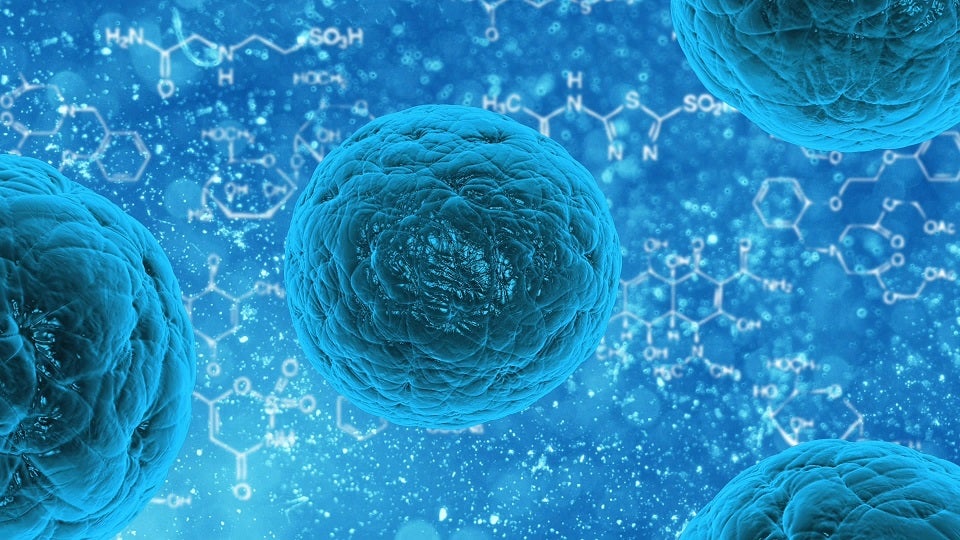Stemming the perils of blood cancers
Published: 25 May 2018

A laboratory-synthesised chemical substance called C7 has been found by a group of researchers to be able to expand the number of blood-forming stem cells in umbilical cords through cell culture, and the discovery could now make the increase of cell levels in blood cancer patients possible, allowing them to recover faster and minimise their risk of bacterial, fungi or viral infections.
The discovery was made by a group of researchers including Associate Professor William Hwang, who is a medical director of the National Cancer Centre Singapore (NCCS) and a clinical lecturer at NUS Medicine.
Stem cells are “elastic” cells that are capable of regenerating and differentiating into various cell types in a person’s body. For instance, stem cells can be induced to become blood, bone and tendons, among other things. Upon differentiation, stem cells become progenitor cells, which are more specialised and have a shorter lifespan.
Those found in the bone marrow or peripheral blood are considered haematopoietic (blood-forming) progenitor cells, which are slightly more specific as they regenerate to form cells that constitute blood, such as red blood cells, platelets and cells of the immune system. Stem cells and haematopoietic progenitor cells are both injected into the patient during stem cell treatment for blood cancers, which will travel to the bone marrow through the bloodstream to make new blood cells, stimulate new bone marrow growth and restore the immune system.
Previously, these cells are usually harvested from either the umbilical cord, peripheral blood (bloodstream) or bone marrow. However, harvesting of bone marrow stem cells involves an invasive procedure, resulting in few donors, and peripheral blood cells usually have more immune cells, which could in turn attack the patient and cause side effects.
Umbilical cords, however, are promising as it contains the highest number of undifferentiated stem cells, but not high enough for rapid recovery in adult patients. Patients who have undergone umbilical cord blood transplants require the longest recovery time of more than 25 days, compared to 14 days of recovery time for patients who undergo peripheral blood transplants and an 18-day recovery period from bone marrow transplants.
“There are patients who are unable to find a fully matched bone marrow or peripheral blood stem cells. For these patients, umbilical cord blood is the only source of grafts. Expanded umbilical cord blood (using C7) would be a life-saving option,” said A/Prof Hwang.
News Coverage

